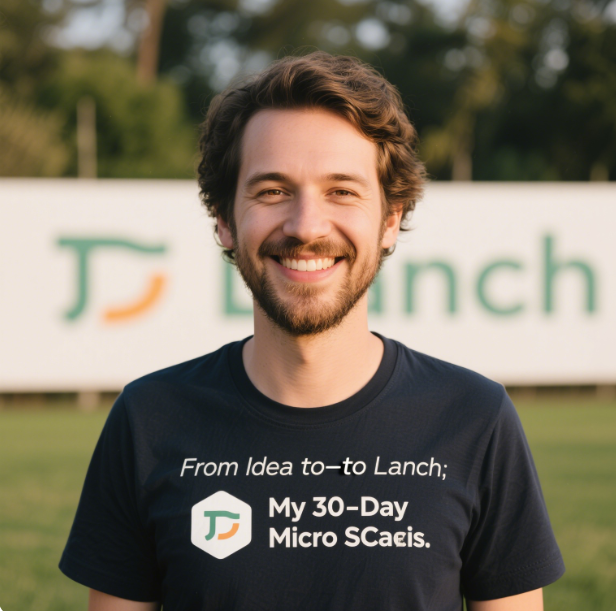In the vast landscape of software – as – a – service (SaaS), the journey from a mere spark of an idea to a fully – fledged product launch can seem like an insurmountable mountain. But what if I told you that it’s possible to build your first micro SaaS in just 30 days? This is the story of my own whirlwind adventure, filled with challenges, triumphs, and invaluable lessons learned along the way.
The Birth of an Idea
It all began with a problem I encountered in my own daily life. I noticed a gap in the market for a simple, user – friendly tool that could help small businesses manage their social media scheduling more efficiently. Existing solutions were either too complex, too expensive, or lacked the specific features I needed. That’s when the idea for my micro SaaS was born.
I didn’t waste any time dwelling on the feasibility of the idea. Instead, I took a leap of faith and decided to give it a try. I knew that the key to success in such a short time frame was to keep things simple and focused. So, I sat down and outlined the core features that my product absolutely had to have. No fancy bells and whistles, just the essentials that would solve the problem at hand.
The Planning Phase: Laying the Groundwork
The first few days were dedicated to planning. I created a detailed project roadmap, breaking down each task into smaller, manageable steps. I also did some market research to understand my target audience better. Who were the potential users of my micro SaaS? What were their pain points? What features would they be willing to pay for?
I reached out to a few small business owners in my network and asked for their input. Their feedback was invaluable, helping me refine my idea and prioritize the features. I also set a budget and determined the minimum viable product (MVP) that I could launch within 30 days. This MVP would serve as the foundation for my micro SaaS, which I could then build on and improve over time.
The Development Sprint: Coding Against the Clock
With the planning done, it was time to roll up my sleeves and start coding. Those days were a blur of long hours, caffeine – fueled late nights, and intense focus. I chose a technology stack that I was familiar with to speed up the development process. I also made use of existing libraries and frameworks whenever possible to avoid reinventing the wheel.
There were countless challenges along the way. Bugs popped up, features didn’t work as expected, and I had to make some tough decisions about which issues to address immediately and which ones could wait. But I didn’t let these setbacks derail me. Instead, I adopted a mindset of rapid iteration. If something didn’t work, I’d fix it, test it, and move on.
Marketing and Pre – Launch: Building Anticipation
As the launch date drew closer, I shifted my focus to marketing and pre – launch activities. I created a landing page for my micro SaaS, highlighting the key features and benefits. I also started building an email list, offering a free trial to those who signed up in advance.
I leveraged social media to create buzz around my product. I shared sneak peeks of the interface, posted about the problem it was solving, and engaged with potential users. I also reached out to influencers and bloggers in the small business and marketing space, asking them to take a look at my micro SaaS and share their thoughts.
The Big Day: Launching into the Unknown
Finally, the 30 – day mark arrived, and it was time to launch my micro SaaS. There was a mix of excitement and nerves as I hit the “go – live” button. I watched as the first users started signing up, and I held my breath as they began exploring the product.
The initial feedback was a mix of positive comments and constructive criticism. Some users loved the simplicity of the interface, while others pointed out features that they would like to see added. I took all the feedback to heart and immediately started working on improvements.
The Journey After Launch
The launch was just the beginning. In the days and weeks that followed, I continued to monitor user feedback, make updates, and market my micro SaaS. I learned that building a successful micro SaaS is not a one – time event but an ongoing process of learning, adapting, and growing.
Looking back on my 30 – day journey, I’m filled with a sense of pride and accomplishment. I proved to myself that it’s possible to turn an idea into a launched product in a short period of time. It wasn’t easy, but the experience taught me valuable lessons about product development, marketing, and perseverance. And I’m excited to see where this journey will take me next as I continue to grow and evolve my micro SaaS.



